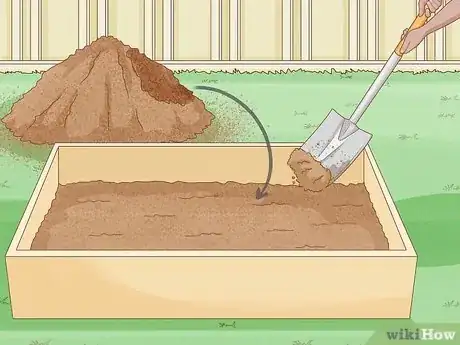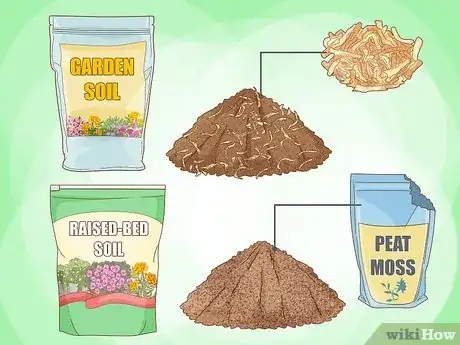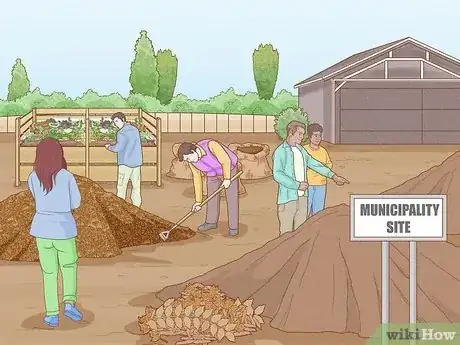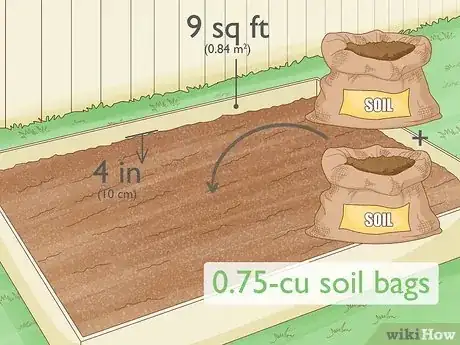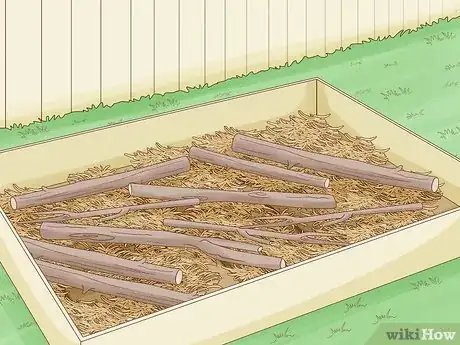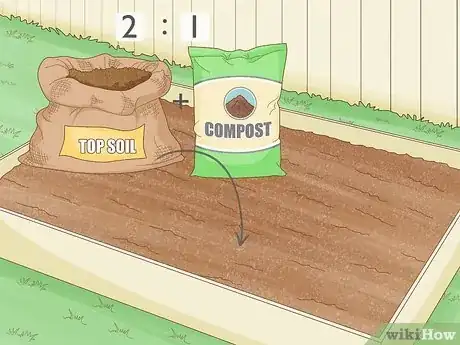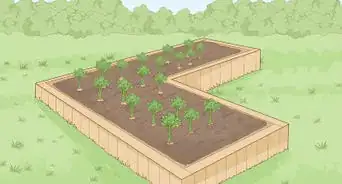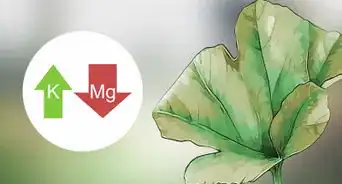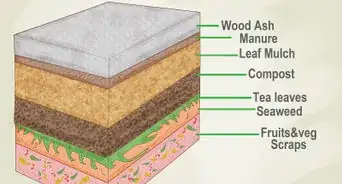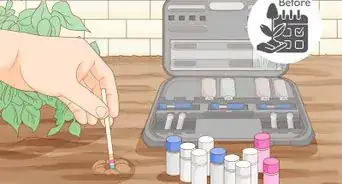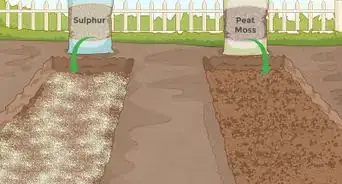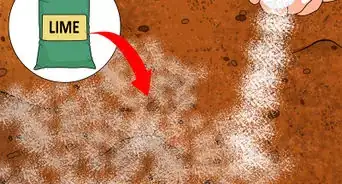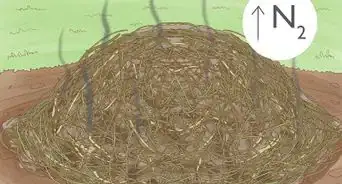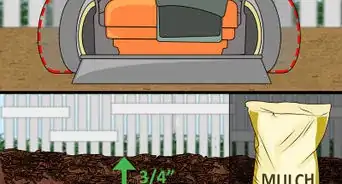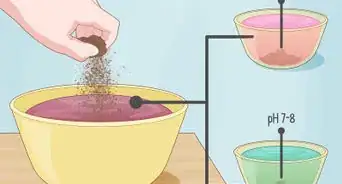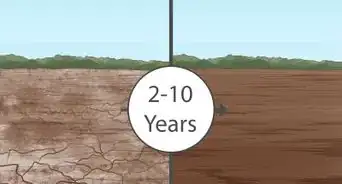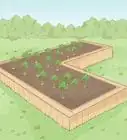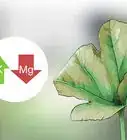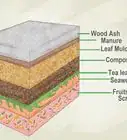This article was co-authored by Ben Barkan and by wikiHow staff writer, Jessica Gibson. Ben Barkan is a Garden and Landscape Designer and the Owner and Founder of HomeHarvest LLC, an edible landscapes and construction business based in Boston, Massachusetts. Ben has over 12 years of experience working with organic gardening and specializes in designing and building beautiful landscapes with custom construction and creative plant integration. He is a Certified Permaculture Designer, is licensed Construction Supervisor in Massachusetts, and is a Licensed Home Improvement Contractor. He holds an associates degree in Sustainable Agriculture from the University of Massachusetts Amherst.
There are 9 references cited in this article, which can be found at the bottom of the page.
This article has been viewed 13,017 times.
Raised gardens take a lot of the guesswork out of growing plants, but what soil is best for your beds? While there's no one-size-fits-all answer, there are a few ways to ensure that your garden gets the nutrients it needs. Since you've questions, we've got answers! Check out our comprehensive guide to learn everything about soil for your raised garden beds.
Steps
How do I fill my raised garden bed?
-
1Determine how much soil your bed needs. Search for a free online soil calculator. You can either enter the square footage of your raised garden beds or enter the length, width, and depth of each bed. The calculator automatically figures out how many bags of soil you need.[8]
- For example, if you've got a raised bed that's 9 square feet (0.84 m2) and you'd like the soil to be 4 inches (10 cm) deep, you'll need four 0.75-cu bags of soil.
-
2Lay down cardboard to smother weeds. Break down a large cardboard box to get flat pieces. Spread these in a single layer on the bottom of your raised bed. The cardboard prevents weeds from growing and they'll eventually break down, adding bulk to your garden bed.[9]
- If you don't have cardboard to use, spread sheets of newspaper. They'll break down faster than the cardboard, but they can prevent weeds.
-
3Arrange organic materials like sticks, logs, or hay in the bottom of the bed. The materials add bulk to the bed, so you don't have to use as much soil. Then, spread a layer of compost over the sticks, logs, or hay. All of these things break down to add carbon and nitrogen to the soil.[10]
- Spray water over each layer to moisten it before you add more material.
-
4Fill the bed with your mix of topsoil and compost. You can pour equal parts compost and topsoil into the bed and mix it together with a spade or digging fork. Keep filling the bed until it's 1 to 2 inches (2.5 to 5.1 cm) from the top of the bed frame.[11]
- You'll find that the soil level sinks after a few seasons. This is completely normal! You'll just need to top up your raised beds with compost before the next gardening season.
References
- ↑ https://www.bobvila.com/slideshow/10-tips-for-planning-a-raised-garden-bed-52809
- ↑ https://www.uvm.edu/news/story/thinking-about-raised-bed-garden
- ↑ Ben Barkan. Garden & Landscape Designer. Expert Interview. 14 April 2020.
- ↑ https://www.ruralsprout.com/fill-a-raised-bed/
- ↑ https://youtu.be/ZUonkI6KYyw?t=308
- ↑ https://www.greenhousetoday.com/cheapest-way-to-fill-raised-beds/
- ↑ https://www.greenhousetoday.com/cheapest-way-to-fill-raised-beds/
- ↑ https://www.inchcalculator.com/soil-calculator/
- ↑ https://hgic.clemson.edu/hot-topic/starting-a-school-garden-raised-bed-basics/
- ↑ https://hgic.clemson.edu/hot-topic/starting-a-school-garden-raised-bed-basics/
- ↑ https://www.ruralsprout.com/fill-a-raised-bed/
- ↑ https://thefoodproject.org/wp-content/uploads/2019/06/DIY-bag-manual.pdf
- ↑ Ben Barkan. Garden & Landscape Designer. Expert Interview. 14 April 2020.
- ↑ Ben Barkan. Garden & Landscape Designer. Expert Interview. 14 April 2020.


